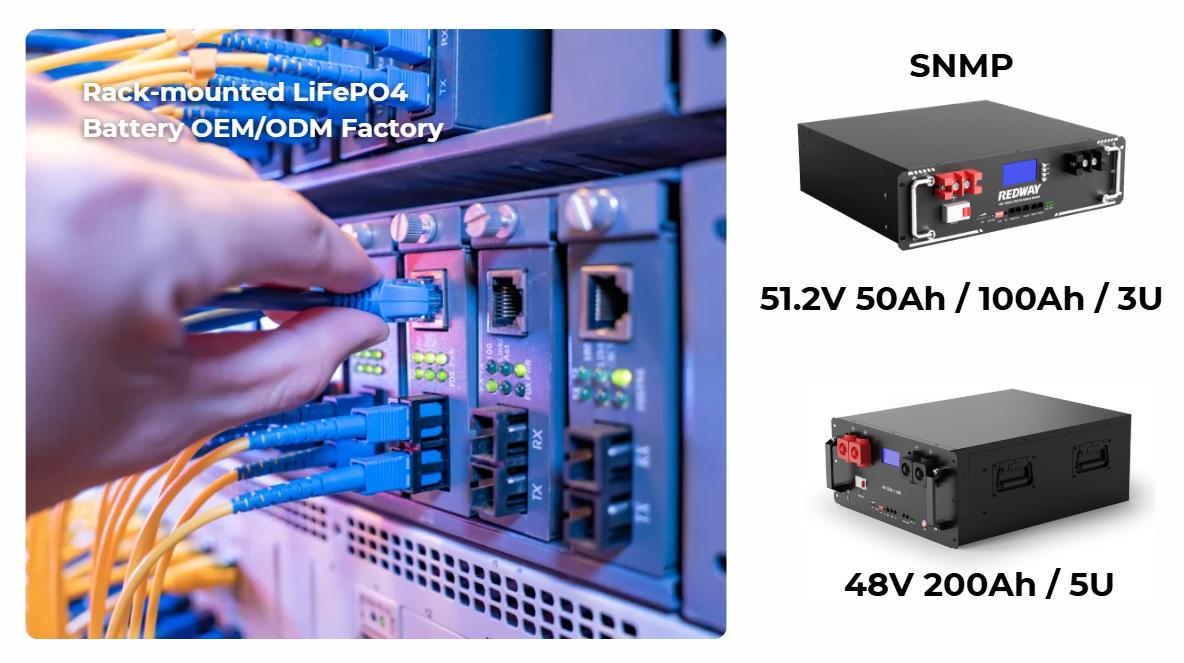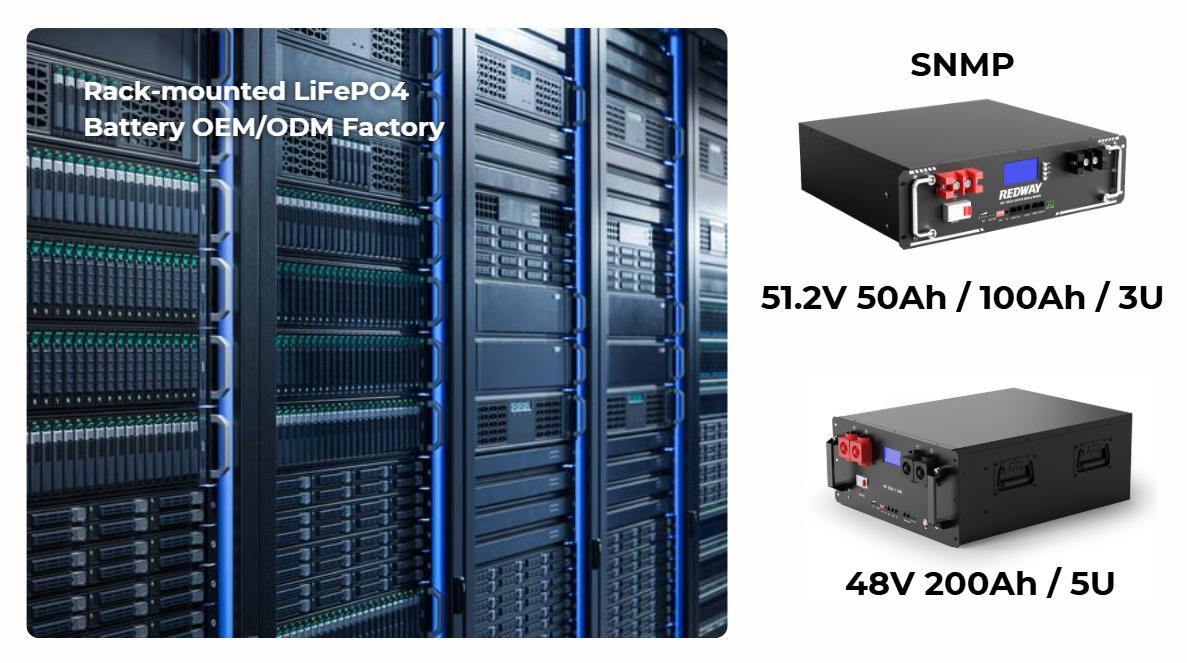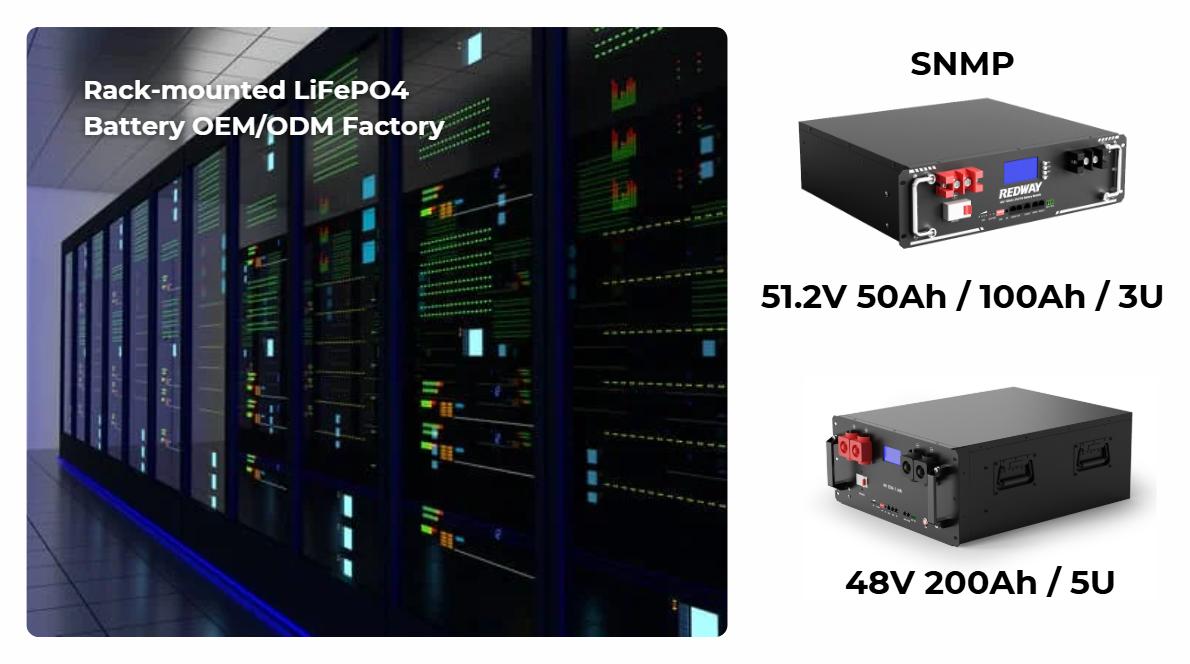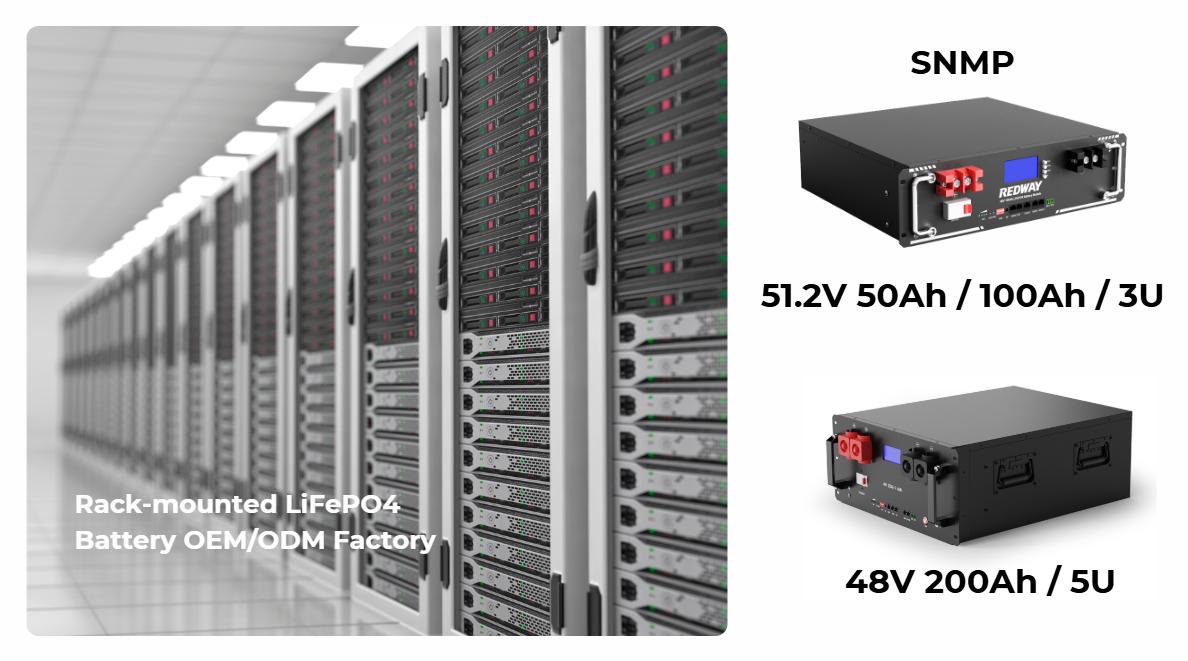Advanced Battery Technologies for Telecommunications
Battery technologies play a crucial role in the telecommunications sector, ensuring uninterrupted service and reliability. This article explores various advanced battery solutions, including gravity batteries, lithium-ion systems, fuel cells, and their applications in telecom tower backup power.
What Are Gravity Battery Towers?
Gravity battery towers utilize gravitational potential energy to store and release energy. These systems work by lifting heavy weights, which store energy when elevated and release it as electricity when lowered. Key features include:
- Sustainability: Gravity batteries are eco-friendly, using no harmful chemicals or emissions.
- Long Lifespan: With minimal mechanical parts, these systems have a long operational life and require less maintenance compared to traditional batteries.
- Scalability: Gravity battery systems can be scaled up for larger energy storage needs, making them suitable for various applications, including telecom.
The use of gravity batteries is an innovative approach to energy storage that could revolutionize backup power solutions for telecom towers.Diagram: How Gravity Battery Towers Work
How Do Lithium-Ion Batteries Benefit Telecom Towers?
Lithium-ion batteries for telecom towers offer several advantages over traditional lead-acid batteries:
- Higher Energy Density: Lithium-ion batteries provide more power in a smaller footprint, making them ideal for space-constrained environments.
- Longer Lifespan: They typically last longer than lead-acid batteries, reducing the frequency of replacements and maintenance costs.
- Lower Self-Discharge Rate: Lithium-ion batteries retain their charge longer when not in use, ensuring reliability during outages.
These benefits make lithium-ion batteries the preferred choice for many telecommunications providers seeking efficient and reliable backup power.Diagram: Advantages of Lithium-Ion Batteries in Telecom Applications
What Are the Differences Between Lead-Acid and Lithium-Ion Batteries in Telecom Applications?
When comparing lead-acid vs. lithium-ion batteries in telecom applications, several factors come into play:
- Cost: Lead-acid batteries are generally cheaper upfront but have higher long-term costs due to shorter lifespan and maintenance needs.
- Performance: Lithium-ion batteries outperform lead-acid options in terms of energy density, efficiency, and cycle life.
- Maintenance: Lead-acid batteries require regular maintenance (like water replenishment), while lithium-ion batteries are largely maintenance-free.
Ultimately, while lead-acid batteries may be more affordable initially, lithium-ion technology offers better long-term value for telecom applications.Diagram: Comparison of Lead-Acid and Lithium-Ion Batteries
What Are Battery Banks for Telecom Power Backup?
Battery banks for telecom power backup consist of multiple interconnected batteries designed to provide reliable energy storage. Key components include:
- Modular Design: These systems can be configured to meet specific energy demands, allowing flexibility based on operational needs.
- Integration with Renewable Energy: Many battery banks can integrate with solar or wind systems to enhance sustainability while providing backup power.
- Smart Monitoring Systems: Advanced battery banks often feature monitoring systems that provide real-time data on performance and health.
Battery banks are essential for ensuring continuous operation of telecom towers during power outages.Diagram: Components of Telecom Battery Banks
How Do Fuel Cells Serve as Backup Power Solutions?
Fuel cells as backup power solutions offer an alternative to traditional battery systems:
- Clean Energy Source: Fuel cells generate electricity through a chemical reaction between hydrogen and oxygen, producing only water as a byproduct.
- Long Runtime: They can provide extended backup power without the need for frequent recharging or refueling compared to conventional batteries.
- Quick Start-Up Time: Fuel cells can quickly provide power when needed, making them ideal for emergency situations.
The adoption of fuel cells in telecommunications is growing due to their reliability and environmental benefits.Diagram: Operation of Fuel Cells in Telecom Applications
Expert Views
“Advanced battery technologies are reshaping the telecommunications landscape by providing efficient, sustainable solutions that ensure uninterrupted service. As we move towards greener practices, integrating technologies like fuel cells and lithium-ion batteries will be pivotal,” states Dr. Emily Carter, an expert in renewable energy technologies.
FAQ Section
- What are gravity battery towers?
Gravity battery towers store energy by lifting weights and releasing it as electricity when needed; they are sustainable and require minimal maintenance. - How do lithium-ion batteries benefit telecom towers?
They offer higher energy density, longer lifespan, and lower self-discharge rates compared to traditional lead-acid batteries. - What are the differences between lead-acid and lithium-ion batteries in telecom applications?
Lead-acid batteries are cheaper upfront but have higher long-term costs; lithium-ion offers better performance and lower maintenance needs. - What are battery banks for telecom power backup?
Battery banks consist of multiple interconnected batteries designed to provide reliable energy storage for continuous operation during outages. - How do fuel cells serve as backup power solutions?
Fuel cells generate electricity through a chemical reaction with hydrogen and oxygen, providing clean energy with long runtimes without frequent recharging.
In conclusion, understanding advanced battery technologies—such as gravity batteries, lithium-ion systems, fuel cells, and their applications in telecommunications—will empower businesses to make informed decisions that enhance operational reliability while ensuring effective energy management across various applications.





